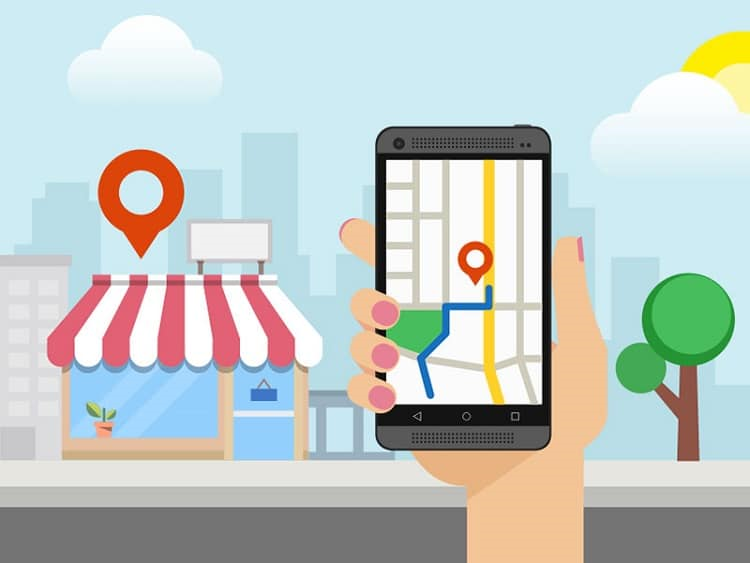In the blink of an eye, mobile technology has transformed from a luxury to an absolute necessity, becoming an integral part of our daily lives. As we stand on the cusp of a new era, it’s worth reflecting on the remarkable journey of mobile technology over the past decade and speculating on the innovations that lie ahead.
1. The Rise of Smartphones
The journey begins with the rise of smartphones, which have evolved from clunky devices with limited capabilities to sleek, powerful pocket-sized computers. The introduction of the iPhone in 2007 marked a pivotal moment, sparking a revolution that changed how we communicate, work, and entertain ourselves. Today, smartphones are not just communication tools; they are indispensable companions that seamlessly integrate into every aspect of our lives.
2. 4G Connectivity and Beyond
The advent of 4G connectivity brought unprecedented speed and reliability to mobile networks. Streaming high-definition videos, video calls, and real-time online gaming became a reality. The increased bandwidth paved the way for innovative applications, from augmented reality experiences to the widespread adoption of mobile payment systems. Now, as we transition to 5G networks, the possibilities for mobile technology are set to expand even further. Faster download speeds, lower latency, and enhanced connectivity will fuel a new wave of innovations, from smart cities to autonomous vehicles.
3. The App Ecosystem
Mobile apps have become the backbone of the mobile experience, offering a plethora of functionalities at our fingertips. From social media and productivity tools to fitness trackers and mobile banking, the app ecosystem continues to evolve, shaping how we interact with technology. App stores have become virtual marketplaces, hosting millions of apps catering to diverse needs. As artificial intelligence and machine learning continue to advance, we can expect apps to become even more personalized and intuitive, anticipating our needs and preferences.Read Also : SSIS 816.
4. Mobile Payments and Digital Wallets
The era of physical wallets seems to be fading as mobile payments and digital wallets gain widespread acceptance. Services like Apple Pay, Google Pay, and various banking apps allow users to make secure transactions with just a tap of their smartphones. The convenience of mobile payments is not limited to retail; it extends to peer-to-peer transactions, bill payments, and even international transfers. As security measures continue to improve, the shift towards a cashless society fueled by mobile technology is likely to accelerate.
5. The Evolution of Mobile Photography
The phrase “everyone’s a photographer” has never been more true than in the age of mobile technology. The evolution of smartphone cameras has been nothing short of remarkable. From basic point-and-shoot capabilities to sophisticated multi-lens setups and computational photography, mobile cameras have become powerful tools for capturing moments. The rise of social media platforms like Instagram and Snapchat has further fueled the demand for high-quality, shareable photos, driving continuous innovation in mobile photography.
6. Foldable Phones and Flexible Displays
In recent years, manufacturers have pushed the boundaries of smartphone design with the introduction of foldable phones and flexible displays. These devices offer a unique blend of portability and screen real estate, allowing users to transition seamlessly between phone and tablet modes. While the technology is still in its early stages, the concept of foldable phones opens up new possibilities for multitasking and immersive experiences, hinting at the potential future direction of mobile device design.
7. Sustainability and Eco-Friendly Initiatives
As the environmental impact of technology becomes a growing concern, the mobile industry is making strides towards sustainability. From eco-friendly materials in device manufacturing to energy-efficient software and recycling initiatives, mobile technology is becoming more environmentally conscious. This shift reflects a broader awareness within the industry and among consumers about the importance of minimizing the ecological footprint of our devices.
8. The Future: AI, AR, and Beyond
Looking ahead, artificial intelligence and augmented reality are poised to redefine the mobile experience. AI-driven personal assistants will become more intuitive, understanding context and proactively assisting users. Augmented reality, powered by advancements in hardware and software, will create immersive experiences that blur the lines between the digital and physical worlds. From interactive gaming to virtual try-on experiences in e-commerce, the potential applications of AR in mobile technology are vast.
Conclusion
the evolution of mobile technology over the past decade is a testament to the relentless pace of innovation. From the simplicity of early smartphones to the complexity of today’s interconnected ecosystem, mobile technology has become an inseparable part of our modern existence. As we look to the future, the convergence of 5G, AI, and AR promises to usher in a new era of possibilities, shaping the way we connect, create, and navigate the world around us. Mobile technology is not just a tool; it’s a dynamic force that continues to reshape the way we live and interact with the digital realm.

